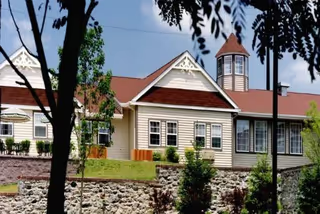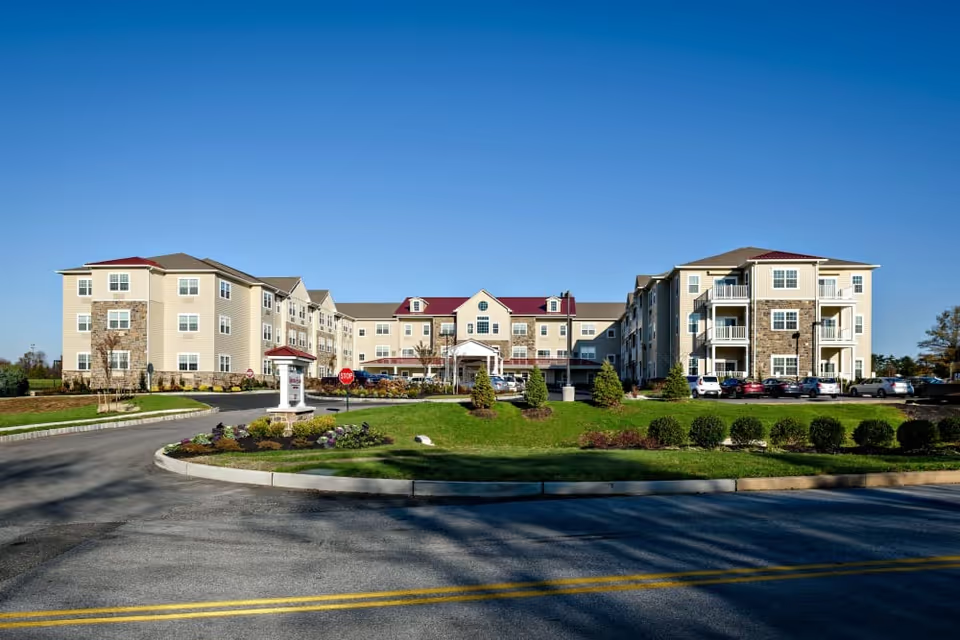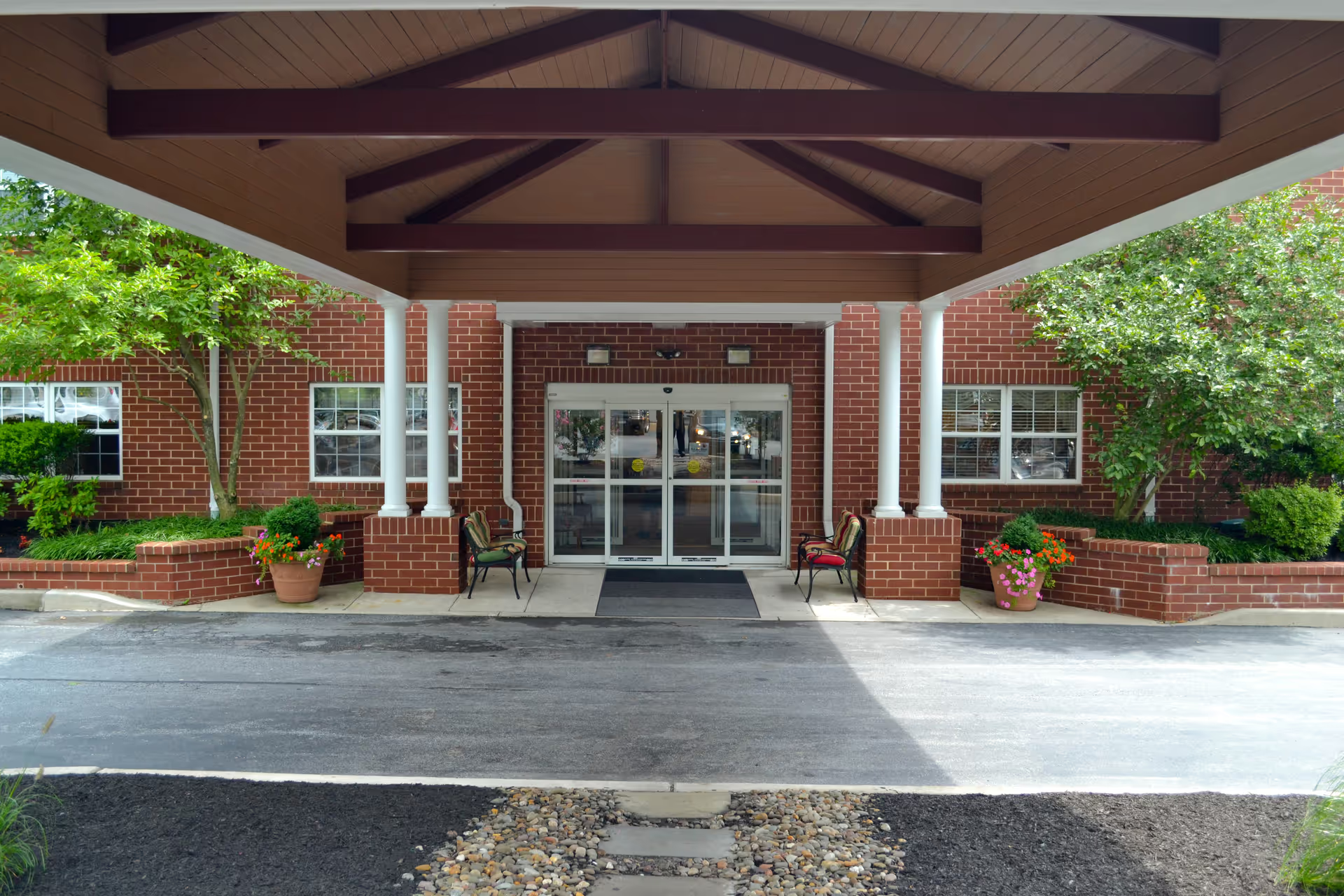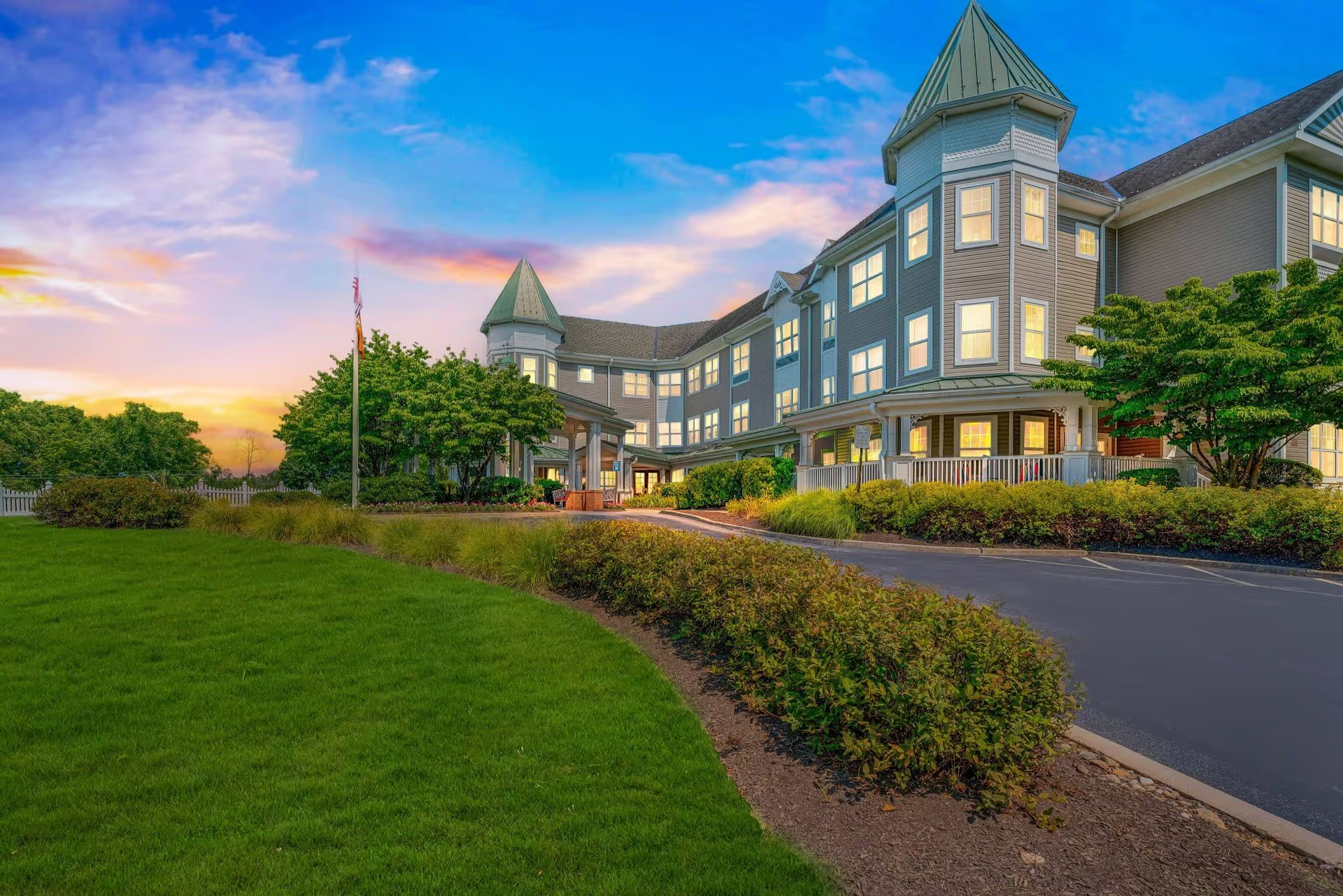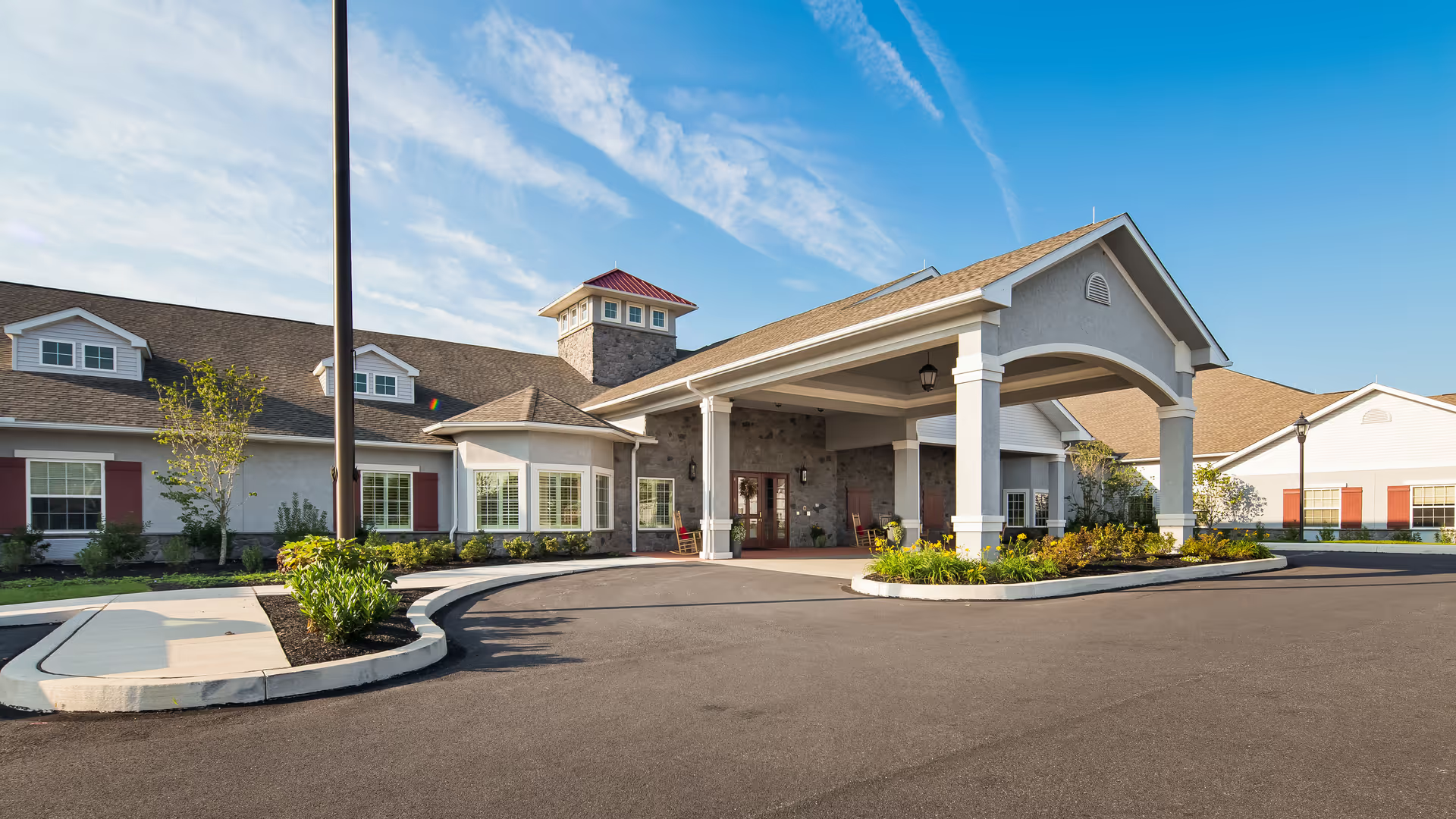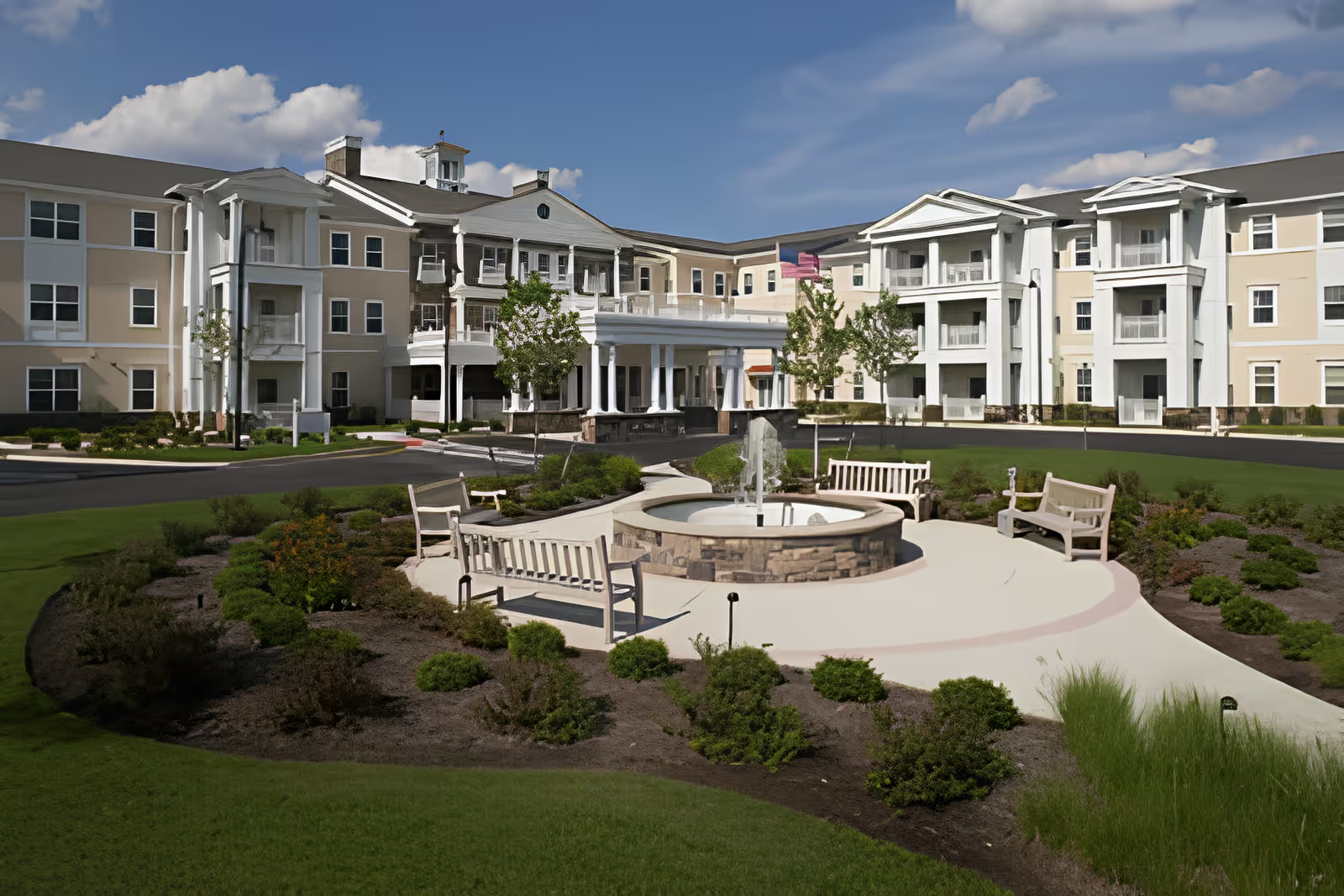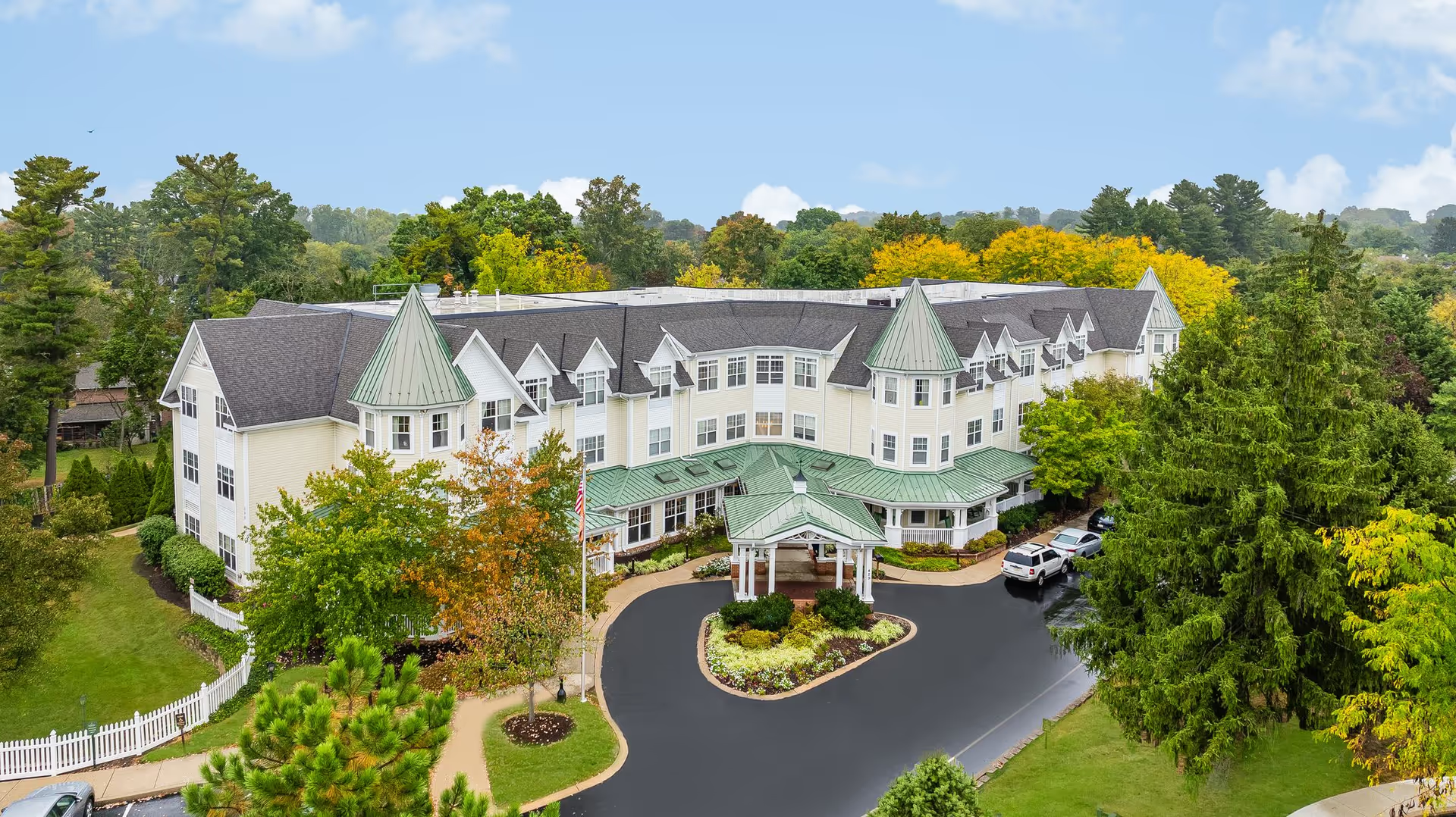Overall impression: The reviews for Currituck House are sharply mixed, with a substantial number of strongly positive reports about the facility and staff counterbalanced by a number of serious safety, staffing, and administrative complaints. Many reviewers emphasize that the building is new or recently renovated, very clean, and cozy due to its small size. Numerous family members and short-stay/respite clients describe genuinely compassionate, attentive caregivers and administrators who create a 'family-like' atmosphere and go above and beyond. At the same time, multiple reviewers report troubling incidents — including missing medications, unattended residents overnight, unexplained falls (one resulting in hospitalization), missing belongings, and unprofessional or rude staff behavior — that indicate inconsistent standards of care.
Facilities and environment: A recurring positive theme is the physical plant: brand-new or recently upgraded facilities, tidy and well-maintained rooms and bathrooms, comfortable room sizes with closets/drawers, in-room TVs, private-room availability, and pleasant outdoor seating (rocking chairs). The space is frequently described as home-like rather than institutional. Several reviewers praise the facility’s cleanliness and decoration. These facility-level positives are consistent and among the most frequently mentioned strengths.
Care quality and staff: Reviews about care are polarized. Many relatives and residents report exceptionally compassionate, patient, experienced staff who take time to know residents, assist with bathing/dressing, and help navigate Social Services and Medicaid. Specific staff members (including Katrena Chamblee) receive individual praise for making transitions low-stress. Reviewers cite an activities director and staff with reportedly decades of combined experience. Conversely, a significant subset of reviews describes inconsistent training and professionalism, staff distracted by personal phones, understaffing, late staff arrivals, and a small number of instances of hostile or disrespectful behavior (defensiveness, hanging up on callers, cursing). The result is a mix of strong endorsements and serious concerns about variability in care depending on shift or individual caregivers.
Safety incidents and clinical concerns: Multiple reviews raise safety red flags: missing medications, residents left unattended during the night, unexplained falls (and at least one fall requiring hospitalization), and an allegation that a nurse pushed a resident. There are also reports implying systemic problems (mentions of sprinkler system and backup generator issues in one summary and a reported decline in a regulatory rating/DHSR ACLS demerits). These types of reports are fewer than the positive staff reports but are severe in nature and warrant attention. Some clinical deterioration notes (rapid Alzheimer's progression, inability to walk or eat) were included in reviews, but it is unclear whether these reflect facility care or underlying resident conditions; still, families perceived accelerated decline in at least one case.
Activities and dining: Activity offerings are a clear positive in many reviews. Bingo, puzzles, card games, checkers, and an engaged activities director are repeatedly mentioned, and several reviewers said activities helped residents settle in. Dining reports are mixed: many enjoy the meals and describe the dining experience positively, while some reviewers say portions are small and inadequate. Thus, programming is a strength, but meal quality/quantity may be inconsistent.
Management, billing, and communication: Administrative and communication problems appear as a frequent theme among negative reviews. Reported issues include billing for prescriptions, a delayed refund (one reviewer reported a seven-month delay), an unresponsive director or defensive management, poor customer service, and abrupt/forced moves related to property sale. A management change about a year prior is noted in at least one review, which may correlate with some of the variability described. These administrative problems often compound families' frustrations when they are already stressed by health or safety concerns.
Overall pattern and implications: The strongest, most consistent positives are the facility’s physical condition, an active activities program, and many accounts of devoted, experienced staff who provide compassionate care. The most serious negatives are safety- and administration-related: medication management errors, unattended residents, unexplained falls, allegations of physical mistreatment, understaffing, rude or unprofessional interactions, and billing/refund disputes. The polarity in reports suggests significant variability — some residents and families have excellent experiences and feel well supported, while others report incidents serious enough to make the facility 'not recommended.'
If evaluating Currituck House, families should weigh both sets of signals: confirm the current regulatory status and recent inspection reports (DHSR/ACLS mentions in reviews are a caution), ask specific questions about medication administration protocols, staffing levels by shift, staff training, incident reporting, and how the facility responds to family concerns. Asking for references from current families, verifying how management handles complaints and refunds, and touring during different shifts to observe staff/resident interactions would help assess whether the facility’s positive attributes are consistent in practice or undermined by the concerning incidents reported by multiple reviewers.

